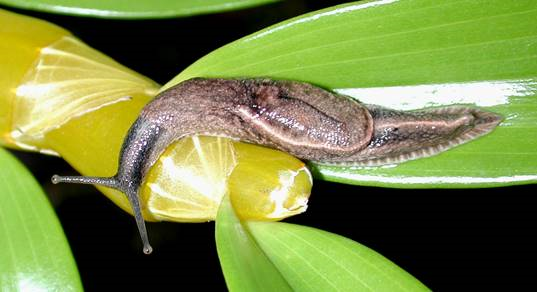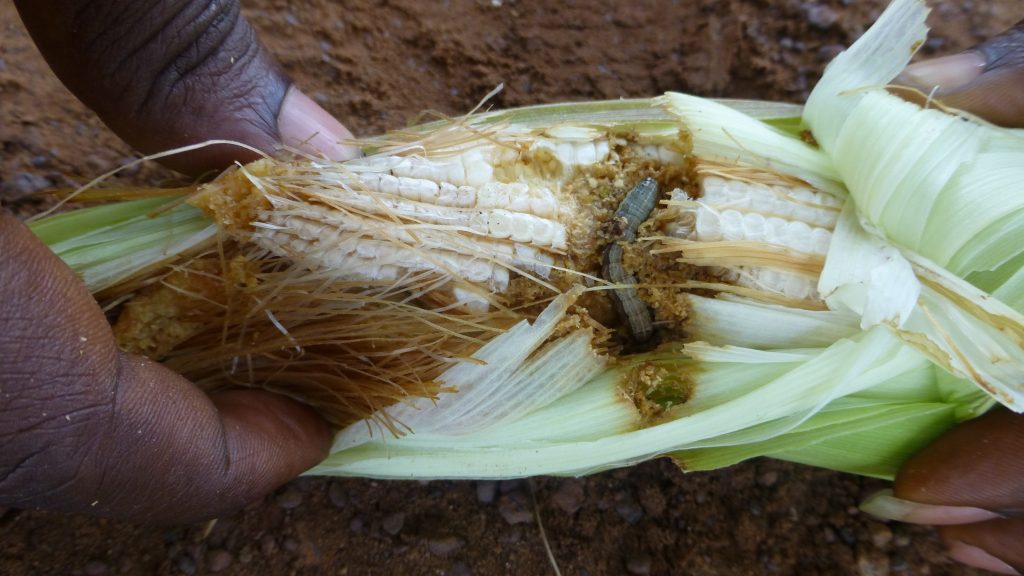Invasion of a predator: Lionfish
By Rebecca Quarterman and Hannah Fielder The majestic, unusual looking Lionfish could be seen as harmless to the untrained eye. Yet, this invasive species has multiplied aggressively over the last two decades to become a serious threat to biodiversity in the marine setting. The red lionfish (Pterois volitans) and the devil firefish (Pterois miles) are…
Kenya faces devastating Prosopis invasion: What can be done
By Purity Rima Mbaabu. Originally published on The Conversation. Woody plant species have been deliberately introduced into many arid and semi-arid regions across the world as they can help combat desertification and provide resources – like fuelwood – to the rural poor. But some of these alien trees and shrubs have become invasive, having devastating effects on other species as…
Reaching more farmers with fall armyworm knowledge and information through ICT-enabled extension
Since 2017, CABI and partners have launched a series of extension campaigns in Kenya and Uganda in the fight against the invasive pest fall armyworm. These campaigns used integrated ICT-enabled approaches combining radio, SMS, and community video screenings with the aim of improving awareness, knowledge and management practices for fall armyworm. Although smallholder agriculture is…
Invasive species are Australia’s number-one extinction threat
By Andy Sheppard and Linda Broadhurst. Originally published on The Conversation. This week many people across the world stopped and stared as extreme headlines announced that one eighth of the world’s species – more than a million – are threatened with extinction. According to the UN report from the Intergovernmental Science-Policy Platform for Biodiversity and Ecosystem Services…
Invasive weed could cut crop yields by 30 per cent
By Nicholas Okeya. Originally published on SciDev.Net. A dangerous invasive alien weed known as field dodder could be a serious menace to agriculture and biodiversity across Sub-Saharan Africa, and reduce crop yields, scientists say.
Asia on alert as highly destructive fall armyworm spreads
By Trudy Harris. Originally published on SciDev.Net. Farmers and authorities throughout Asia need to be vigilant against fall armyworm invasions, after confirmation that the fast-moving pest has spread from India to China and now to South-East Asia, agricultural experts say.
How a wasp might save the Christmas Island red crab
By Stephanie Dittrich. Reblogged from Island Conservation. Invasive crazy ants threaten Christmas Island Red Crab populations, but a certain species of wasp might be able to help. Christmas Island, a remote Australian territory in the Indian Ocean, is known for an abundance of Red Crabs, a species once recorded in numbers nearing 44 million. The Red…










